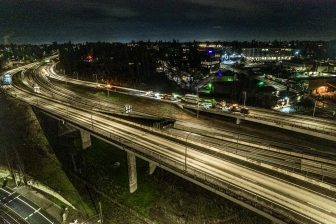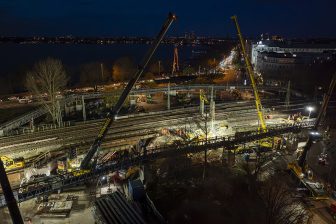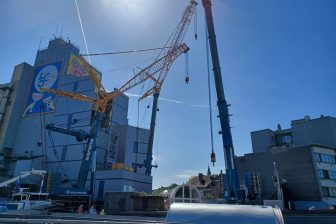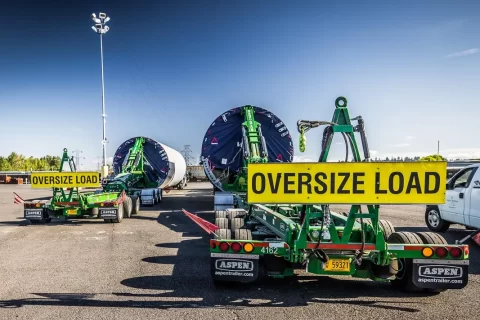
Omega Morgan hauls 82 components for a wind farm in Oregon
Omega Morgan had to work quickly when an international transportation and logistics company reached out regarding a time-sensitive wind energy project. The challenge came from the high demand for wind energy components to outfit wind farms in Arlington, Oregon, and limited transport labor across the west coast where the components were due to arrive.
In an effort to avoid a loss in production value, Omega Morgan’s client needed 82 massive components transported from the Port of Vancouver to a distribution centre in Arlington as quickly as possible. Arlington is home to numerous wind farms, including the third largest in the United States. With a high demand for wind energy, new wind energy components are regularly required to outfit new and established wind farms in the area.
Omega Morgan puts a plan in place
The 82 wind energy components included 41 tower bases 11.5 metres in length by 4.6 metres in diameter and a weight of 62 tons, and 41 tower midsections, 16.8 metres long by 4.2 metres in diameter and a weight of 68.9 tons.
Due to the short timeline for completion, the project manager immediately began securing superload permits for Washington and Oregon. Superload permits are required when the total weight of the transport configuration is over 100 tons (200,000 pounds). These permit requests take around 30 days to complete, so timeliness was essential.
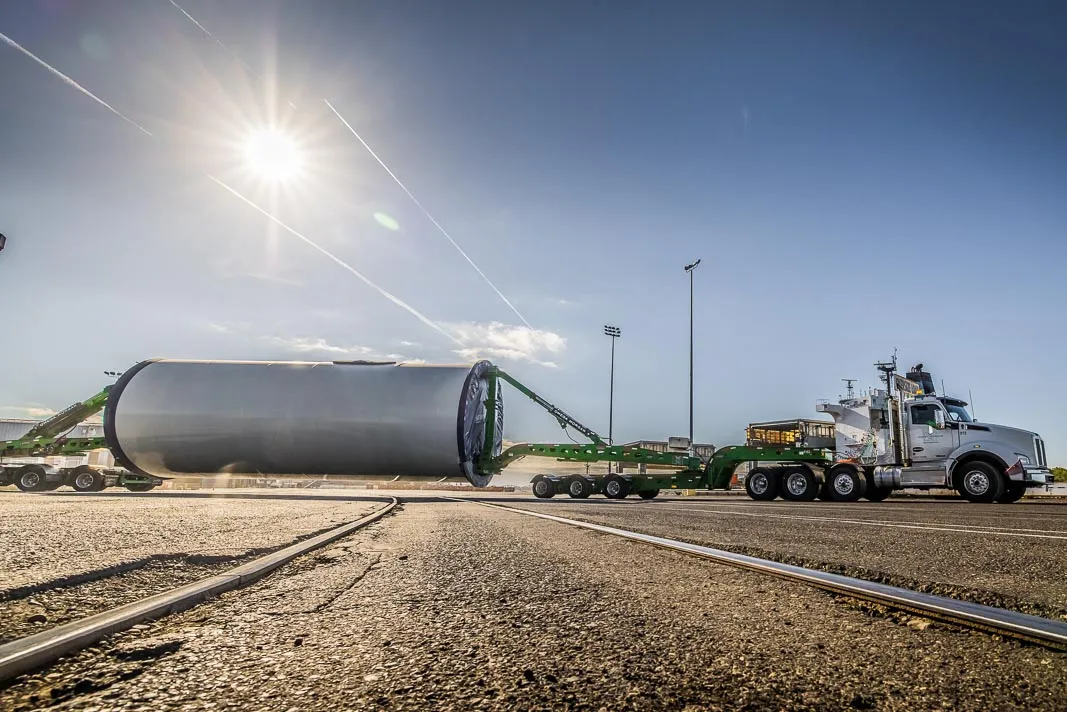
Because Omega Morgan operates the destination distribution centre and the Port of Vancouver is a common loading origin for projects, its specialised transportation team did not need to perform site visits. However, the company completed a detailed route survey to ensure a seamless journey for all 82 loads.
The most challenging part of the planning process came from a large paving project directly outside of the port. It was hit or miss as to when it would impact the crew’s travel. Omega Morgan’s project manager remained in coordination with the paving crew, construction contractor, and other carriers hauling wind cargo out of the port. Thanks to this coordination, the specialised transportation team had a hauling schedule for navigating around these factors.
Because the project start was delayed, the team had to continually update the superload permits in preparation for interstate state transportation. Finally, in early August, Omega Morgan’s crew prepared to load the first pair of components for delivery.
Getting down to work
When the first loading day arrived, Omega Morgan’s crews arrived at the port with Aspen and Temisko double Schnabel trailers. Each trailer required four crew members, including a driver, front pilot, steerman, and a rear pilot car. To load each component, the port workers stripped off the hardware from the transport ship and placed the component on the ground. Omega Morgan’s specialised transportation team then hooked the trailers to each end of the tube to lock it into place before raising the component off of its saddles. The port crew members would then remove the saddles and give the green light to roll out.
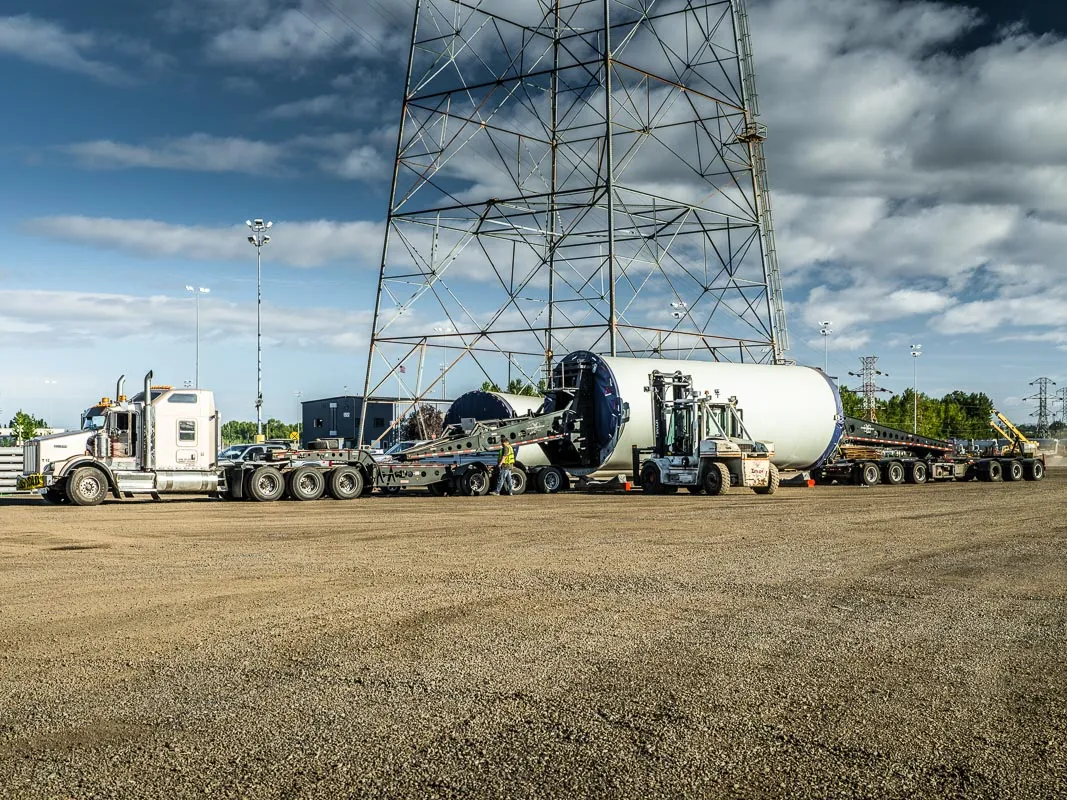
Once the trailers arrived at the DC, crews jumped in to help with the offloading. After the specialised transportation team staged each trailer in the correct location, the DC crew would manoeuvre two saddles under the component. Then, the trailers towered down, allowing the saddles to hold the total weight of the tube before pulling away from each end and reconnecting. Omega Morgan crews would then head back to the port for another heavy load. At any given time, two to three of the company’s double Schnabel trailers were making the 225-plus km trek with one component each, for a total of 82 loads.
Omega Morgan delivered the necessary wind components in under two months. With no loss in production value, the tubes were then transported for wind farm assembly in perfect condition and in a timely manner.
You just read one of our premium articles free of charge
Register now to keep reading premium articles.


